By Michael Field in Auckland
Without much in the way of a credible explanation about why, Aotearoa New Zealand education authorities are killing off one of the Pacific’s leading journalism programmes.
The fate of the Auckland University of Technology’s Pacific Media Centre (PMC) coincides with the Fiji government assault of the University of the South Pacific, raising serious questions about the future of academic freedom and excellence.
The Australia Asia Pacific Media Initiative (AAPMI) has appealed for action to save PMC, saying closure comes “at a time when Pacific journalism is under existential threat and Pacific journalism programmes suffer from underfunding”.
The centre, founded in 2007 and described by AAPMI as a “jewel in the AUT crown”, had worked in its current Communication Studies office in the Sir Paul Reeves Building at the AUT’s city campus since it opened eight years ago.
It was abruptly emptied last month of more than a decade of awards, books, files, publications, picture frames and treasures, including a traditional carved Papua New Guinean storyboard marking the opening of the centre by then Pacific Affairs Minister Luamanuvau Winnie Laban in October 2007.
AUT claims the centre is going to new accommodation, but they had not said where or even shown it to those asking.
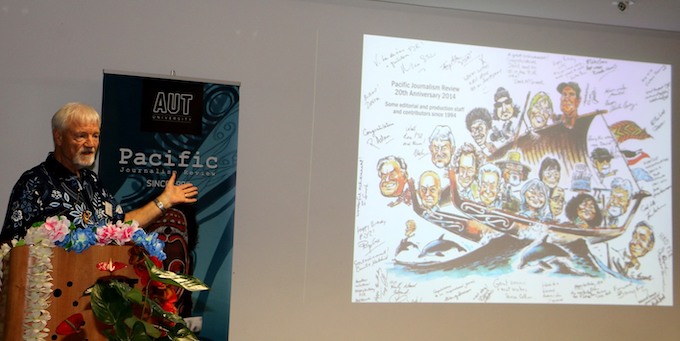 Professor David Robie at the “future of PMC” seminar at AUT in December 2020. Image: APR
Professor David Robie at the “future of PMC” seminar at AUT in December 2020. Image: APR
Founding director Professor David Robie, whose retirement at the end of last year seemed to signal AUT’s action, was critical of the “unconscionable” closure/relocation.
Lack of explanation
What has been striking over the closure has been the lack of a coherent explanation from AUT.
The Pacific Media Centre emptied out in three photos. Images: Facebook
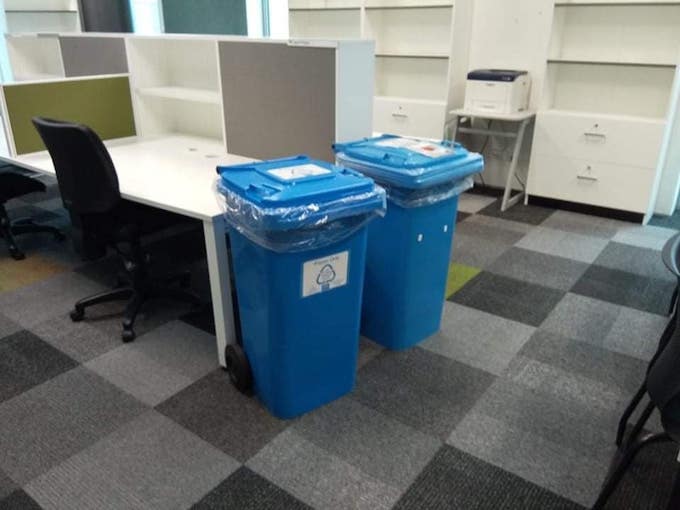
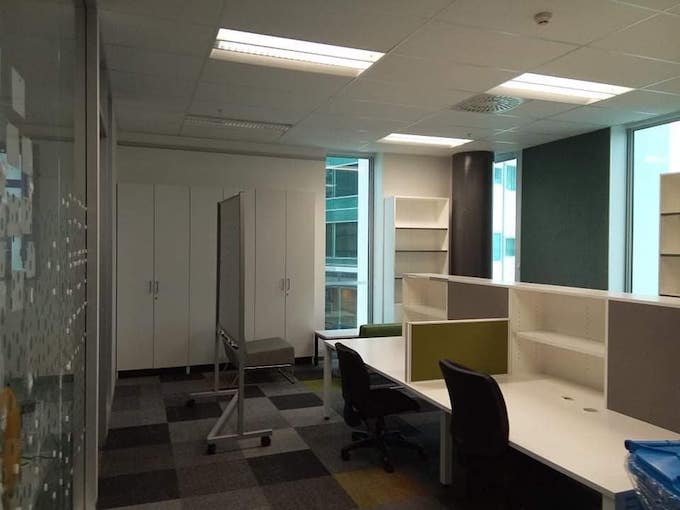
When Dr Robie came to retire on December 18, he found there was no one to hand over to.
Two of the more likely colleagues were sidelined as word came down that the School of Communication Studies management at AUT were planning on taking the “Asia-Pacific” out of PMC and creating a new focus on Māori issues instead.
This is despite AUT already having a Māori studies department, Te Ara Poutama, which has a Māori Media Development programme.
AAPMI last month wrote to AUT’s vice-chancellor, Derek McCormack, urging they “continue to play the globally pre-eminent role in supporting media, communication and journalism education, research and collaboration.
Calling it the jewel in AUT’s crown, the letter said “the PMC is the world’s leading Pacific journalism programme and is looked to by media professionals and academics from around the world, including in the Pacific and here in Australia.
“The centre’s research publications and staff and postgraduate student journalism websites (such as PMC Online www.pmc.aut.ac.nz) are valued highly by Australian media professionals and they are frequent contributors.”
The full letter is published below.
‘Outsized’ share of awards
AAPMI said AUT had a reputation for taking an “outsized” share of the Student Journalism Awards – the Ozzies.”
“The valuable supportive role the PMC and its staff have played for the leading Pacific journalism programmes – especially for the University of the South Pacific programme led by formidable thought-leader Dr Shailendra Singh – is also acknowledged.”
AAPMI said PMC’s role in providing skills, research, support and collaboration on practical projects and a pipeline of qualified professionals was now more vital to the future of media in the region than ever.
“It is not going too far to say that the PMC has a key role to play in the survival of public interest journalism and media in the region. It will only be able to do this if the PMC is supported and expanded.”
Last month, Dr Robie posted an item on the office closure on Facebook. It drew 150 responses and more than 80 negative comments, most of them from Pacific journalists, media personalities and current or former project students, some describing it as “academic vandalism”.
Relocated to ‘new space’
Particularly concerning was the taking of PMC materials which drew a response from AUT that they had been relocated to a “new space”.
Television New Zealand Pacific affairs correspondent Barbara Dreaver responded by asking: “Do you want to show us all a photo of this new space you speak of?”
Tongan’s journalist Kalafi Moala said:“That’s unbelievable … We are still trying to get over the Gestapo-style deportation of the USP vice-chancellor from Fiji, and now this? How shameful!”
Leading Vanuatu-based photojournalist Ben Bohane said: “Outrageous example of a disposable mentality, but your legacy will remain …”
Director of the Toda Peace Institute in Tokyo Professor Kevin Clements said:“This is terrible … but typical of NZ universities at the moment.”
Australian columnist Keith Jackson, a retired academic, journalist and former administrator in Papua New Guinea, said: “That’s the kind of behaviour that happens in the worst organisations … Damn shame … But you and I and hundreds of others know you are a consummate pro who built a terrific organisation that affected and informed thousands of people. Sori tru.”
Dr Jason MacLeod, an academic affiliated with the West Papua Project of the University of Sydney, said: “So sad. Another uni with no soul or sense of purpose beyond bottom lines.”
Seini Taumoepeau, an Oceanic creative consultant and former presenter at ABC Australia, said: “Oh, so sorry for the loss – this is heartbreaking.”
Ena Manureva, a Tahitian doctoral candidate, said: “This is shameful given the recommendations of the [recent harassment policies] “review” and AUT promising to do better and this is what you get – an utter failure and shame!
Ami Dhabuwala, a onetime Gujarat Guardian reporter and former PMC Bearing Witness climate project student, said: “This is heartbreaking! PMC was the only thing that got me through my time in AUT! PMC was the best thing that happened to me. Thank you so much for all the support and the work you do.”
Republished with permission from The Pacific Newsroom.
The full AAPMI letter
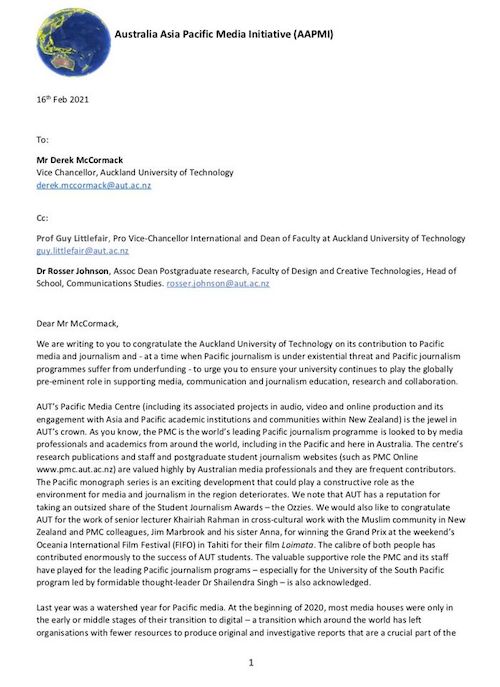 The AAPMI letter.
The AAPMI letter.
Australia Asia Pacific Media Initiative (AAPMI)
16 February 2021
Mr Derek McCormack
Vice Chancellor
Auckland University of Technology
Dear Mr McCormack,
We are writing to you to congratulate the Auckland University of Technology on its contribution to Pacific media and journalism and – at a time when Pacific journalism is under existential threat and Pacific journalism programmes suffer from underfunding – to urge you to ensure your university continues to play the globally pre-eminent role in supporting media, communication and journalism education, research and collaboration.
AUT’s Pacific Media Centre (including its associated projects in audio, video and online production and its engagement with Asia and Pacific academic institutions and communities within New Zealand) is the jewel in AUT’s crown. As you know, the PMC is the world’s leading Pacific journalism programme is looked to by media professionals and academics from around the world, including in the Pacific and here in Australia. The centre’s research publications and staff and postgraduate student journalism websites (such as PMC Online www.pmc.aut.ac.nz) are valued highly by Australian media professionals and they are frequent contributors.
The Pacific monograph series is an exciting development that could play a constructive role as the environment for media and journalism in the region deteriorates. We note that AUT has a reputation for taking an outsized share of the Student Journalism Awards – the Ozzies. We would also like to congratulate AUT for the work of senior lecturer Khairiah Rahman in cross-cultural work with the Muslim community in New Zealand and PMC colleagues, Jim Marbrook and his sister Anna, for winning the Grand Prix at the weekend’s Oceania International Film Festival (FIFO) in Tahiti for their film Loimata. The calibre of both people has contributed enormously to the success of AUT students. The valuable supportive role the PMC and its staff have played for the leading Pacific journalism programmes – especially for the University of the South Pacific programme led by formidable thought-leader Dr Shailendra Singh – is also acknowledged.
Last year was a watershed year for Pacific media. At the beginning of 2020, most media houses were only in the early or middle stages of their transition to digital, a transition which around the world has left organisations with fewer resources to produce original and investigative reports that are a crucial part of the media’s remit as a vital accountability institution in our democracies. Even before the digital transition Pacific media houses were struggling to obtain the skills and financial resources needed to adequately fulfil their role as the Fourth Estate. This has only been made worse by the loss of revenue, skills and staff as a result of the economic impact of COVID on the Pacific. The PMC’s role in providing skills, research, support and collaboration on practical projects and a pipeline of qualified professionals is now more vital to the future of media in the region than ever. It is not going too far to say that the PMC has a key role to play in the survival of public interest journalism and media in the region. It will only be able to do this if the PMC is supported and expanded.
We understand universities are under pressure but were sorry to see the demise of AUT’s postgraduate Asia-Pacific Journalism course in 2019. We congratulate and thank Professor David Robie, the multicultural and cross-disciplinary PMC Advisory Board, and volunteers for their pioneering work in developing the Pacific Media Centre. Since Professor Robie’s long-expected retirement (at age 75) we are concerned to see the Centre without a director and its office relocated without adequate consultation with its stakeholders. To continue to play its cutting-edge role we believe the Pacific Media Centre needs a world-class director and urge you to advertise the role globally.
We also ask that you ensure the PMC and its associated activities and connections with the Pasifika and Māori communities in New Zealand as well as its connections with the Asia-Pacific global journalism research community and profession continue to be developed. Given that the PMC began as an autonomous media umbrella and outlet for Pacific students to carry out journalism, documentary, social justice and development communication projects it is essential that the centre continues to have an office where these students can be supported by staff for their media initiatives. Perhaps the best way to ensure the PMC’s future would be to establish it as an independent centre since its work involves multidisciplinary media and communication areas.
We would appreciate your letting us know your plans to fill the role of PMC director and for the PMC itself, including its valuable archive and taonga. If materials collected by the PMC are not to be easily accessible, perhaps they should be donated to the University of the South Pacific Journalism Programme or other stakeholders who have played a close partnership role with PMC over many years.
The Australia Asia Pacific Media Initiative is a voluntary group of current and former journalists, media executives and technologists with wide experience across the Pacific and Asia. Our number also includes Pacific and Asia experts and members of Asia and Pacific diaspora communities in Australia. We came together in 2018 in response to a number of Australian enquiries. We advocate for more Australian media engagement in the region, for support for quality public interest media and for Pacific voices to be heard in media in the Pacific, Australia and globally. We have members in most Australian states and territories and supporters in 10 countries in our region. Our members established the Sean Dorney Grant for Pacific Journalism in association with the Walkley Foundation and the The Pacific Newsroom on Facebook.
We stand ready to be of assistance to AUT.
Warm regards,
Signed on behalf of AAPMI:
Jemima Garrett, Co-convenor of AAPMI, journalism training/media and development consultant, former ABC Pacific Correspondent, foundation member of the Melanesian Media Freedom Forum
Sue Ahearn, Co-convenor of AAPMI, Journalist and international media and development consultant, former Editor ABC International, Editor of The Pacific Newsroom
Sean Dorney, AO, former ABC PNG and Pacific Correspondent, non-resident fellow Lowy Institute for International Policy
Annmaree O’Keefe, AM, non-resident fellow, Lowy Institute for International Policy and chair of the Foundation for Development Cooperation. Formerly, Ambassador to Nepal, Deputy-Director General of AusAID, chair of Australia’s national commission for UNESCO
Dr Jane Munro, AM, Adjunct Professor, Griffith University, Queensland, Honorary Principal Fellow, Asia Instiute, Melbourne University, former Chair ABC Advisory Council
Bruce Dover, International media consultant, formerly a senior executive with News Corp (Australia and China), CNN (Asia) and the Australian Broadcasting Corporation
Kalafi Moala, journalist/media consultant, founder and former owner Times of Tonga
Kevin McQuillan, journalist, media consultant and founder of RNZ International news service
Kean Wong, Editor and journalist, ex-BBC, the Economist, AFR, co-founder, Malaysia’s Centre of Independent Journalism
Graeme Dobell, Journalist Fellow with the Australian Strategic Policy Institute, former ABC foreign, defence and foreign affairs correspondent
Emelda Davis, President, Australian South Sea Islanders (Port Jackson), Producer (film, television and audio)
Geoff Heriot, consultant and PhD candidate (UTas), former ABC editorial and corporate governance executive and foreign correspondent
Vivien Altman, freelance journalist, television producer/writer, formerly executive producer SBS and producer, ABC Foreign Correspondent
Richard Dinnen, freelance journalist, including former ABC PNG and Pacific correspondent
Jan Forrester, former journalist and international media consultant
Nigel Holmes, former technology manager ABC International AAPMI
This post was originally published on Radio Free.
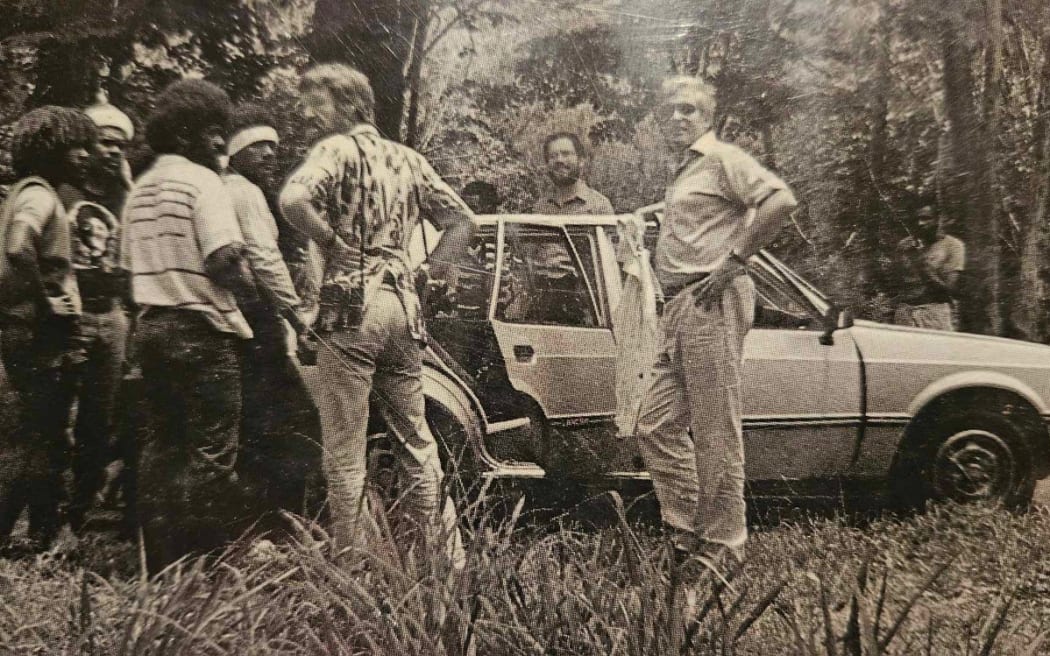
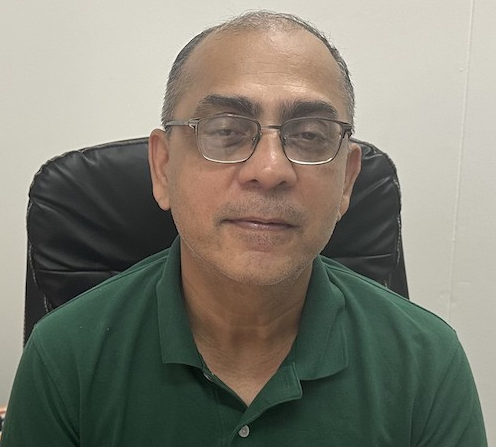
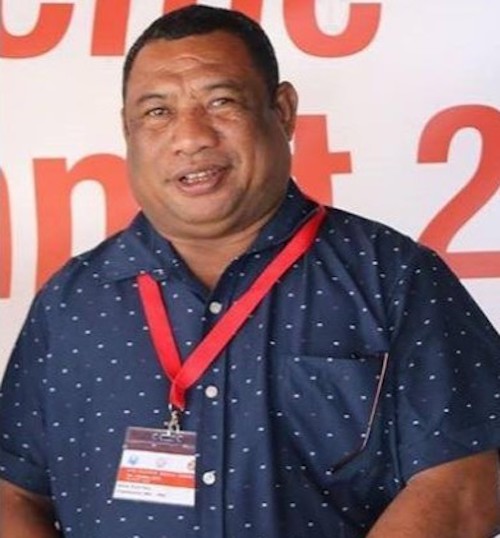
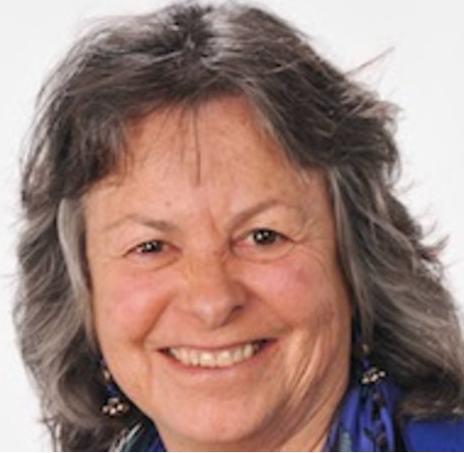
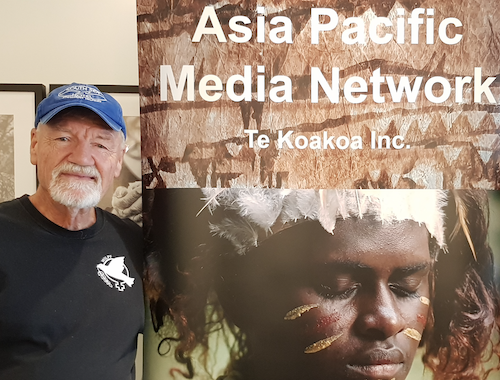
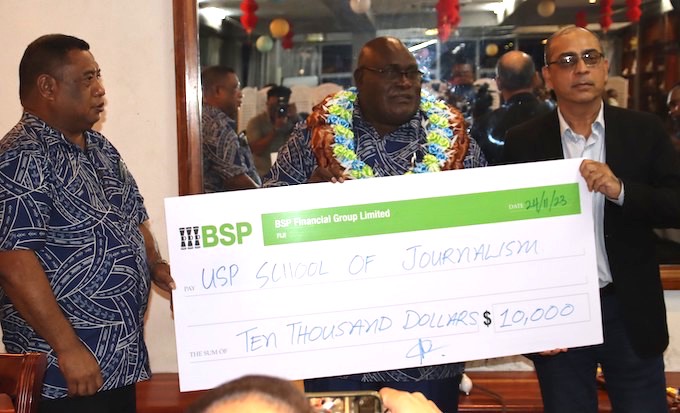
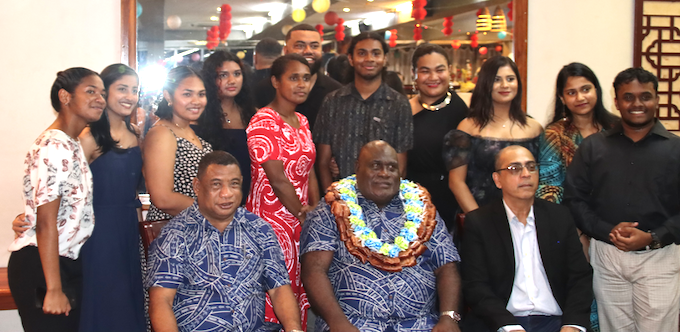
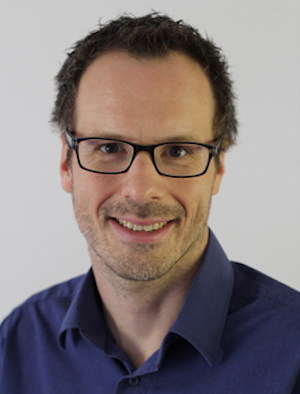
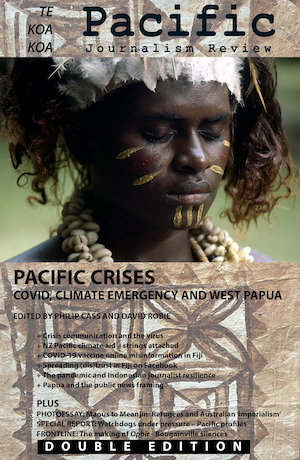

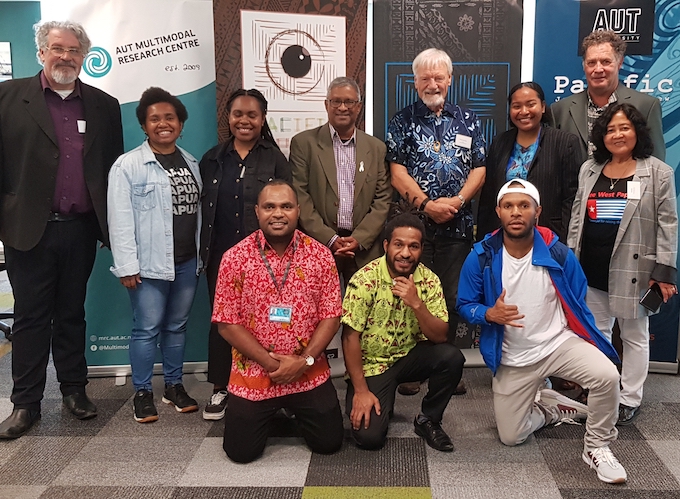
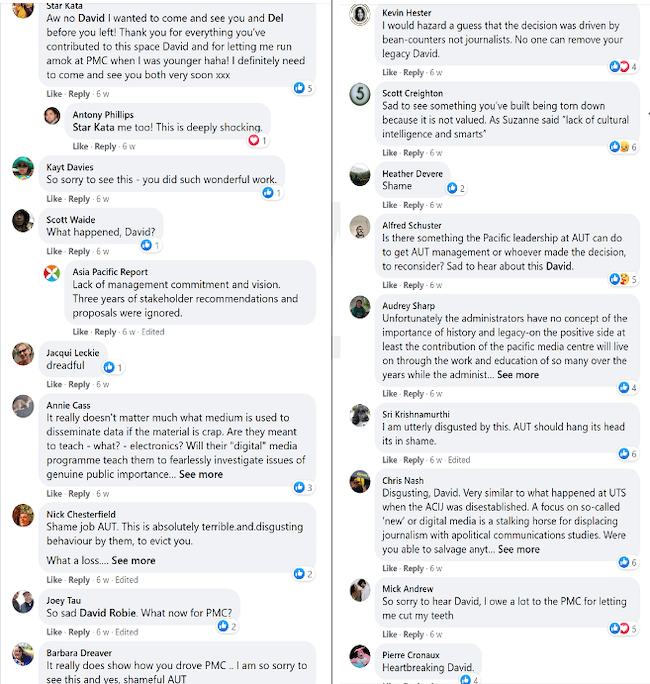

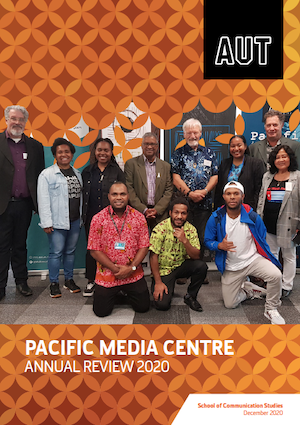


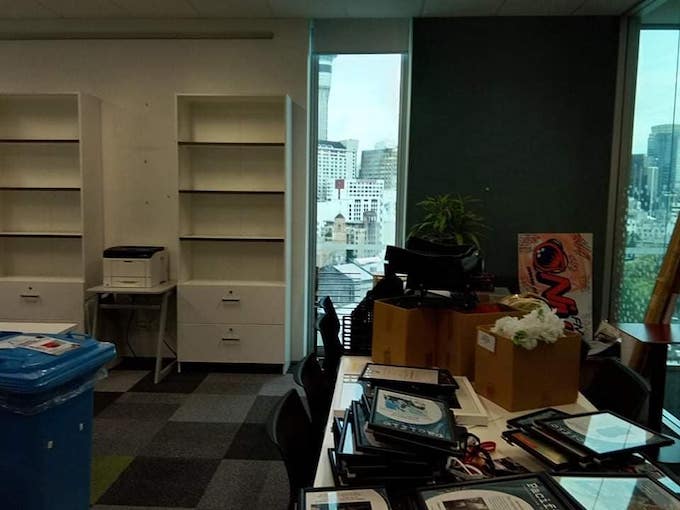





 The AAPMI letter.
The AAPMI letter.